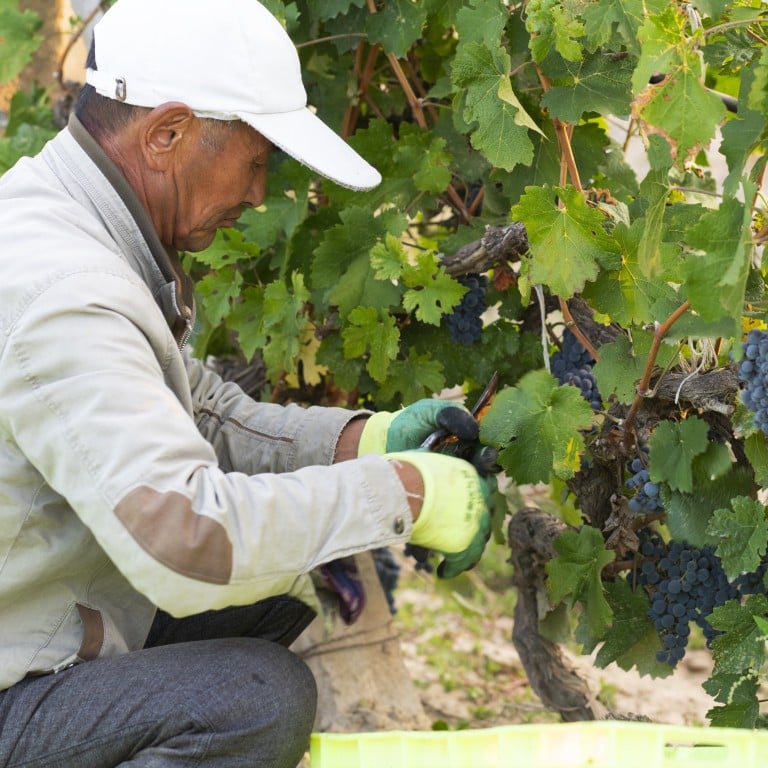How good is Chinese wine? It can’t compete with Old World grapes from France, Italy or Spain – yet – but give it 10 years …

- Great Wall’s merlot/cabernet sauvignon blend has won awards while critics rave about Ningxia-based Changyu Pioneer-Moser XV’s Bordeaux style grapes
- Grown in the foothills of the Himalayas, Moët Hennessy’s Ao Yun wine earned a score of 96, with Shandong-based Chateau Lafite’s Long Dai just two points behind
Great Wall is one of the best-known China-made wine brands. Its Chateau Sungod winery, in Zhangjiakou, Hebei, has, despite cold, dry winters, won awards for its merlot/cabernet sauvignon blend.

I’m sanguine that we will see truly world-class wines produced by China in the next 10-15 years
Chateau Dynasty Fine Wines, a joint venture between the Tianjin government and French spirits giant Rémy Martin, is another of the most well-known wine producers in China. Like Changyu Pioneer it makes ice wine from vidal grapes, with multiple vineyards, including in Tianjin and Ningxia.
In recent years, it’s not only these bigger and older winemakers but smaller producers from a wider swathe of China that are showing signs of maturity. And there’s recent well-publicised success: last year’s release of the 2016 vintage of Moët Hennessy’s Ao Yun wine, made from grapes grown at an elevation of 2,600 metres in the foothills of the Himalayas in Yunnan, scored an impressive 96 points from American wine critic James Suckling. The 2017 debut of Chateau Lafite’s Long Dai, grown in Shandong despite its monsoons and the resultant risk of vine rot and mildew, earned a score of 94. Both rank as globally outstanding wines.

Edward Ragg MW (Master of Wine), co-founder of Beijing-based Dragon Phoenix Wine Consulting, says that as the nation lacks the Mediterranean climate of the classic wine-growing regions of Europe, the United States’ West Coast, Chile or South Africa, it is unlikely that the country will ever become a high-volume wine producer.

In the maritime east of Shandong, humidity and summer rain can make fungal diseases a problem. In the far south, in Yunnan, although the climate is semi-tropical, it is still possible to grow grapes at high altitude where there is less humidity – as is the case in Shangri-La – but this brings additional logistical challenges in terms of production and getting wines to market.
When Hong Kong born-and-raised Judy Chan encountered her first big storm at her vineyard – which covers more than 100 hectares (almost 250 acres, or about 100 athletic fields) – in Shanxi province, staff asked her exactly which lines of vines she would like them to shield.
“It was idiotic. I really had no idea how big the area was,” says Chan, who took over Grace Vineyard from her father in 2002, at the age of 24. “Until then I had lived my life in the concrete jungle. Through growing grapes, I have come to understand the power of nature.”